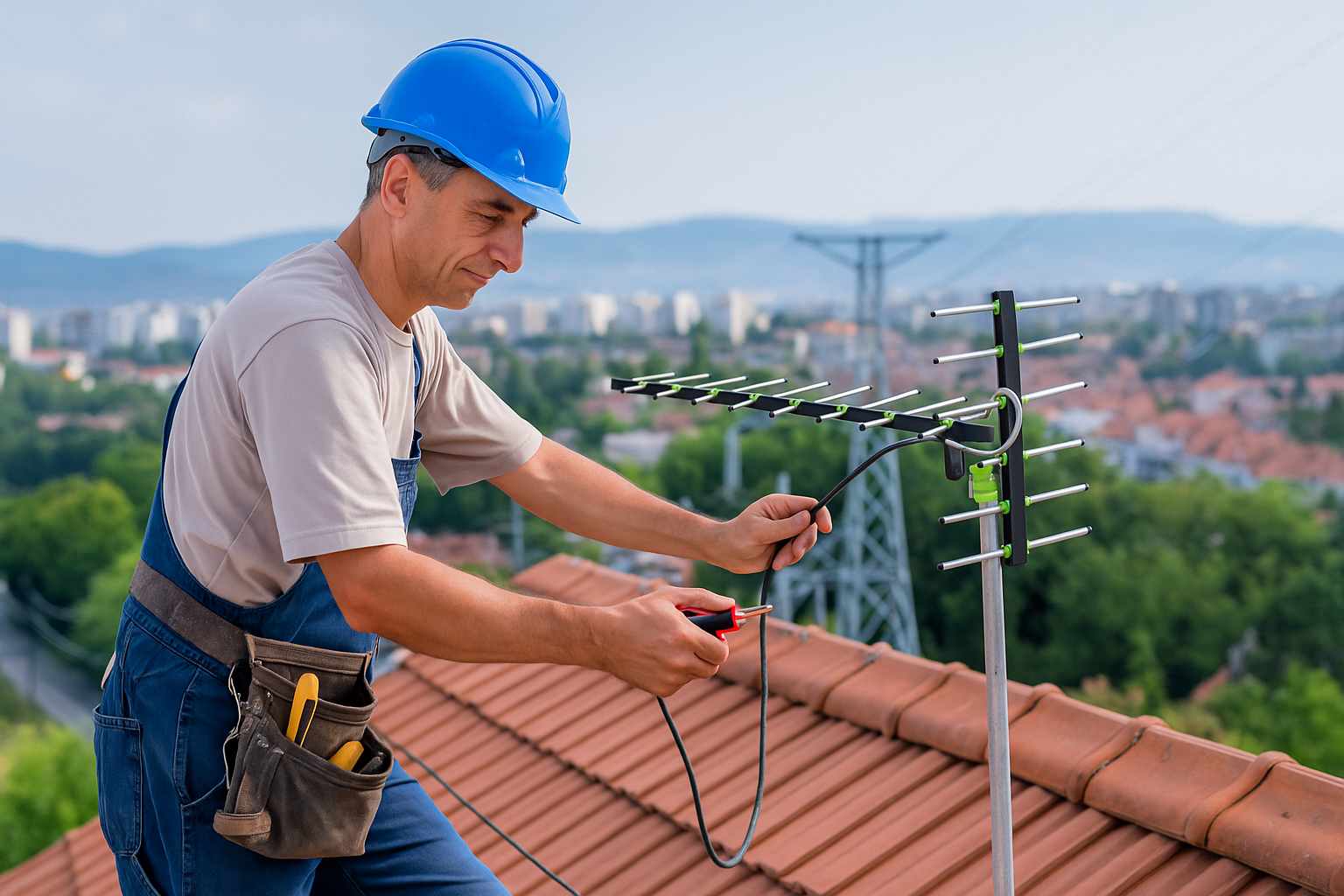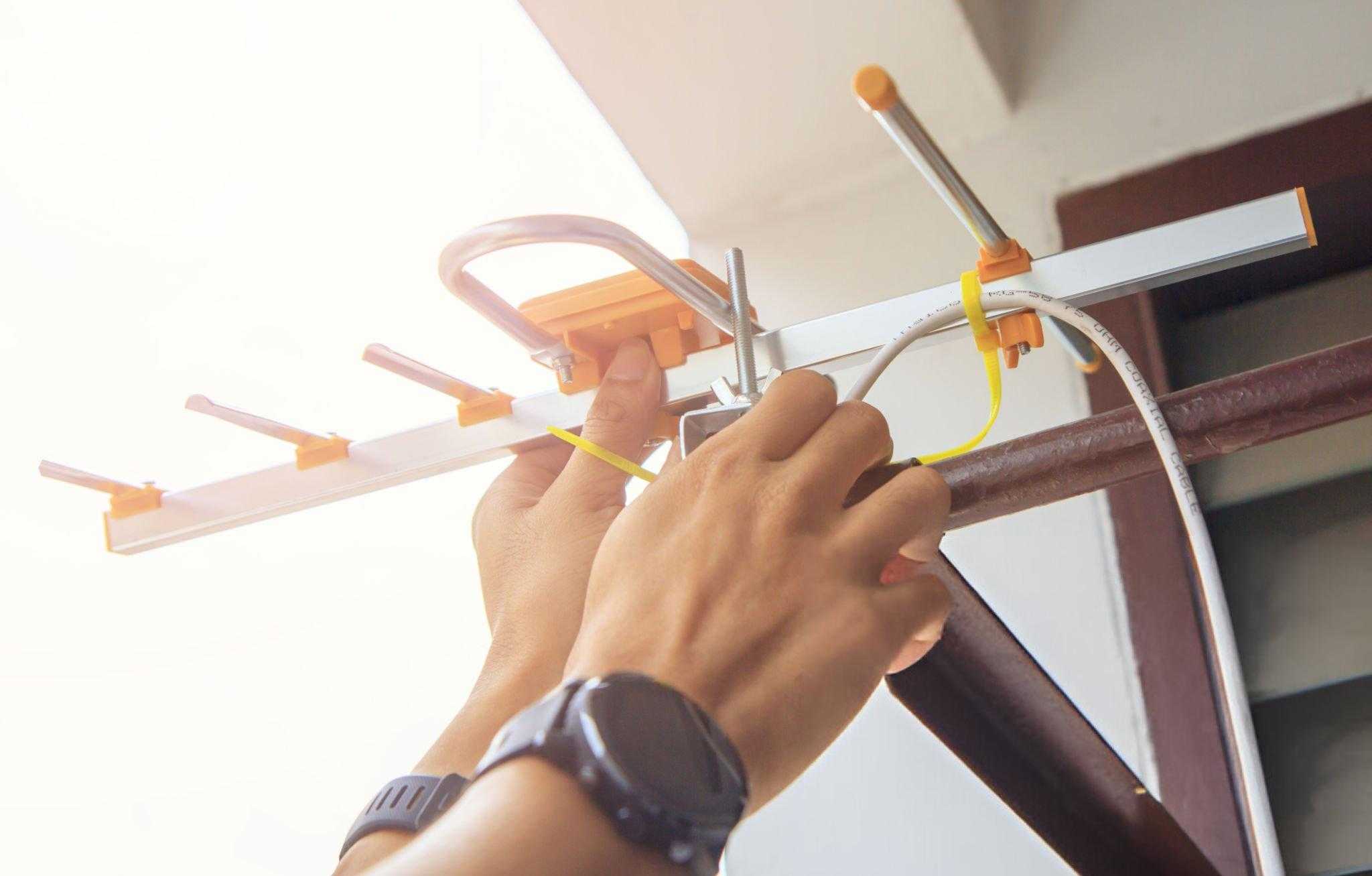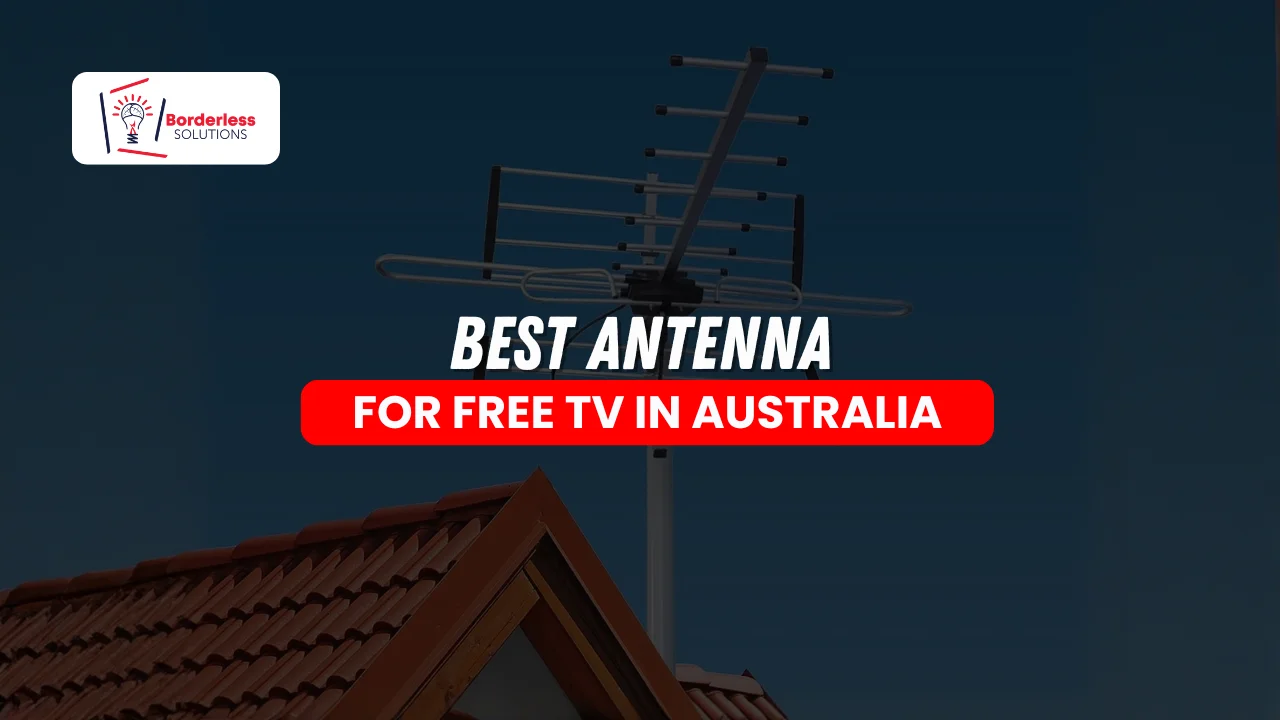Free-to-Air (FTA) TV is getting more popular than ever in Australia nowadays. But choosing the best antenna for free TV is not an easy part. Antenna signals vary by location, tower, frequency and even the construction of your home. This guide breaks down everything you need to know so you can enjoy crystal-clear TV without paying for cable or streaming subscriptions.
Why Choose Free-to-Air TV?

Free-to-air TV is a big hit with Aussies because it is cheap and easy. The best part is you pay nothing each month. You can watch heaps of news, sport, shows and movies without a bill. You also get all the local channels so you stay up to date with what is happening near you. These days a lot of free channels come in sharp HD or even super clear 4K, and it still costs you zero dollars.
Plus the signal is usually pretty steady and if you pick the right antenna even people out in the country can get a strong clear picture. Free TV comes through two main types of waves called VHF and UHF so you need to know which one your nearest TV tower sends. Getting the antenna that matches those waves is the big trick to having great reception.
Understanding VHF vs UHF Antennas

When you want to set up an antenna for free TV you need to know the main 2 types you can get. first one is VHF antennas (they pick up channels 6 to 12) work best in wide open spots and can grab a signal from a long way off. Second one is UHF antennas (channels 28 to 51) do better in cities or places with lots of buildings and trees because they push through the blocks easier. If your area uses both VHF and UHF channels go for a combo antenna. It grabs both kinds of signals and gives you steady, clear TV.
For example in Melbourne most suburbs pick up TV from the big Mount Dandenong tower and it sends out VHF. But in close-in areas like Yarraville the tall buildings block that VHF signal so people there usually need a UHF antenna instead. How far your house sits from the tower matters a lot too: homes real close might need an attenuator to turn the signal down so it does not overload while houses farther out normally want a high-gain antenna and a masthead amplifier to grab the signal and make it strong.
Indoor vs Outdoor Antennas

Indoor Antennas
Indoor antennas are small and simple to set up and they work great if you live within 20 miles of the TV towers. They do best in places where the signal comes in strong and you can just stick them on a window on a shelf or up high in the room. Some popular ones are the Mohu Leaf Channel Master Flatenna and Philips Modern Loop. They are not as strong as outdoor ones but they are super easy to use and perfect for city homes or spots where you can see straight to the tower. To get a better picture move the antenna higher or put it near a window that faces the tower.
Outdoor Antennas
Outdoor antennas give you a much stronger and steadier picture especially if your house sits more than 30 km from the TV towers or you have big buildings or trees in the way. People put these antennas outside the house usually up on the roof or on a tall pole so they catch the signal without stuff blocking it. Some popular ones are the Televes DiNova Boss Mix and the ClearStream 2V. They are stronger and reach farther so they work great in country spots or tricky hills. Put the antenna high and point it straight at the tower and you will get good clear TV even when the signal is weak where you live.
Tip: Indoor antennas can work for longer distances if you place them in high positions or near windows facing the tower.
Key Factors When Choosing an Antenna
1. Location
Your address changes everything for how well an antenna works. Jump on the mySwitch website to see what coverage you have and find out how far away the nearest TV towers are plus which way they sit. That info tells you straight up what kind of antenna you need and how strong the signal will be at your place.
2. Antenna Type
When you pick an antenna you need to choose between VHF UHF or a combo one. VHF antennas work best for the lower channels. UHF antennas do better with the higher channels. Combo antennas catch both VHF and UHF signals so they give you more choices and cover whatever your local TV towers send out.
3. Directional vs Multi-directional
Directional: A directional antenna only grabs signal from one way. You have to point it straight at the TV tower to get the best picture.
Multi-directional: A multi-directional antenna picks up signals from all around. It works great when the towers sit in different spots or spread out far apart.
4. Amplification
Amplification helps when the signal is weak at your place. An amplified antenna makes the signal stronger so you get a cleaner picture. But if you already have a strong signal an amplifier is not needed and it can even mess things up and make the picture worse.
5. Antenna Height
How high you put your antenna makes a huge difference to the picture. Stick it up on the roof or on a tall pole so trees and buildings don’t get in the way. The clearer it can see the TV tower the stronger and better the signal you get.
6. Cable Length
Make sure the cable that comes with the antenna is long enough to reach your TV. Pick one with a detachable cable if you can so you can move the antenna around to get a better signal. When the cable is really long you might need a signal booster so the picture does not get weak.
7. Building Material Impact
The stuff your house is made from can mess with the TV signal. Brick, metal walls, or thick plaster can block or weaken it a lot. Put your antenna where those things don’t get in the way like near a window or better yet outside the house.
Mostly people ask about do you still need a tv antenna in the age of netflix and youtube?
Step-by-Step Setup Guide
1. Check Coverage
Before you put up any antenna first find out what signal you can get where you live. Websites like AntennaWeb or mySwitch show you where the closest TV towers are and how strong the signal is plus which way it comes from. That tells you straight away what kind of antenna you need.
2. Choose the Right Antenna
Picking the correct antenna is the big key to getting good TV. If your house sits less than 30 km from the TV towers an indoor antenna will usually do the job fine. If you live farther away than that an outdoor antenna works much better. Look at what your local towers use and grab either a VHF a UHF or a combo antenna so you get all the channels clear.
3. Placement
Indoor: For indoor antennas put them close to a window or up high on a shelf. Keep them away from metal things like fridges or electrical wires that can mess with the signal.
Outdoor: For outdoor antennas stick them on the roof or in the attic so they can see straight to the TV towers. A clear view gives you the strongest signal possible.
4. Connect to TV
After you put the antenna where you want it hook it up to your TV with a coaxial cable. If your antenna has an amplifier try it both with the amplifier turned on and turned off to see which way gives you the clearest picture at your place.
5. Run a Channel Scan
Once the antenna is hooked up go into your TV menu and run a channel scan so it finds all the free channels you can get. It is smart to do this scan every few months because new channels can pop up or the signal can get better or worse over time.
6. Adjust as Needed
If the picture is not great keep moving the antenna around. Try new spots and turn it different ways to make the signal stronger. Keep playing with it until you get the clearest channels you can.
FAQs
Do I need an antenna for a smart TV?
Yes, to watch free local channels. Smart TVs include streaming, but OTA channels require an antenna.
Do indoor antennas really work?
Depends on distance and obstructions. Test with a cheap model first to see if it’s sufficient.
Will my antenna work with NextGen TV (ATSC 3.0)?
Yes, existing antennas pick up ATSC 3.0, but interactive features require a compatible tuner and internet.
Conclusion
There is no single best antenna that works for everyone in Australia. The one that that is best for your tv depends on where you live how far the TV tower is and how strong the signal gets to your house. Indoor antennas are good for city units while outdoor ones work way better in the suburbs or out in the country. Think about the type of antenna where you put it and if you need a booster to get more channels and a sharper picture.
Get it set up right and you can watch free HD and even 4K TV, save heaps of money and enjoy telly more than ever. If you are stuck with setup or bad reception contact us today. We are local antenna pro installer to ensure you get the most antenna setup for your needs..

